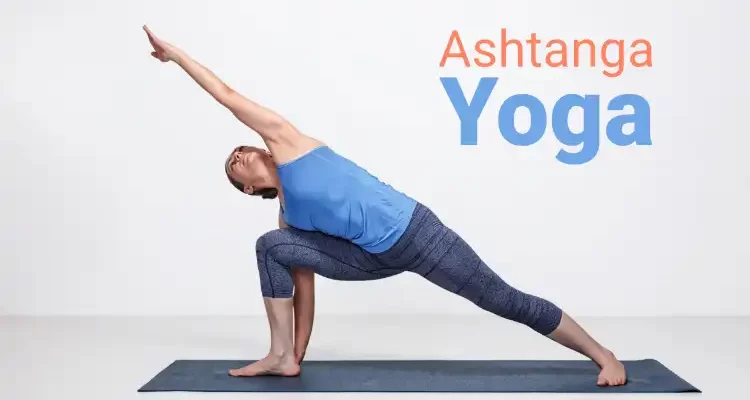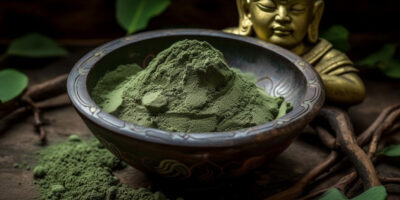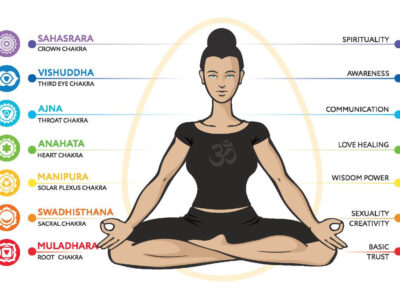Ashtanga yoga is a dynamic and disciplined form of hatha yoga that has gained popularity worldwide. Unlike other styles, it follows a specific sequence of movements, making it an intense physical practice. In this article, we will delve into the origins, principles, and benefits of ashtanga yoga.
A Brief History of Ashtanga Yoga
Ashtanga yoga traces its roots back to ancient Indian texts called Vedic scriptures. However, the modern interpretation is attributed to Sri K. Pattabhi Jois, who developed the system in the 20th century. Through his teachings, he emphasized that ashtanga should be practiced with discipline, commitment, and devotion.
Understanding the Eight Limbs of Ashtanga Yoga
The word “ashtanga” is derived from Sanskrit, meaning “eight limbs.” These limbs serve as guidelines on how to live a meaningful and purposeful life. The eight limbs are:
- Yama: Moral principles or social abstinences
- Niyama: Personal observances
- Asana: Physical postures or poses
- Pranayama: Breath control techniques
- Pratyahara: Withdrawal of senses
- Dharana: Concentration
- Dhyana: Meditation
- Samadhi: Complete absorption or enlightenment
In practicing ashtanga yoga, these limbs form a holistic approach to achieving physical, mental, and spiritual health.
The Six Series of Ashtanga Yoga
Ashtanga yoga is characterized by its structured series of poses, which are practiced in a specific order. Each series focuses on different aspects of the human body, mind, and spirit. The six series comprise:
- Primary Series: Known as “Yoga Chikitsa” or yoga therapy, it focuses on detoxifying and aligning the body.
- Intermediate Series: Called “Nadi Shodhana,” this series aims to purify the energy channels (nadis) within the body and stimulate the nervous system.
- Advanced A Series: Also known as “Sthira Bhaga,” it concentrates on developing strength and grace.
- Advanced B Series: Similar to the Advanced A Series, it further expands on strength and grace development.
- Advanced C Series: This series challenges practitioners with more demanding postures that demand even greater strength, flexibility, and balance.
- Advanced D Series: The final series requires the highest level of concentration, discipline, and skill from the practitioner.
Each series progressively builds upon the previous one, allowing the practitioner to develop mastery over their practice.
Ashtanga Yoga vs. Vinyasa Yoga
Ashtanga yoga and vinyasa yoga share similarities, but they also have distinct differences. At the core of both practices is the principle of connecting breath with movement, known as “vinyasa.” However, in a vinyasa-style class, the sequence of movements may vary from one session to another, while ashtanga follows a fixed series.
Ashtanga Yoga
- Fixed sequence: Practitioners follow a specific order of poses in each series.
- Rigorous practice: The intensity and discipline required for ashtanga yoga can be challenging. It is typically more demanding than vinyasa yoga.
- Progression: Ashtanga yoga practitioners advance through the six series, gradually building their skills and abilities.
Vinyasa Yoga
- Varied sequences: Each class may present a new choreographed variation of poses, allowing for more creativity and spontaneity.
- Flexible pace: Vinyasa yoga classes can range from slow and gentle to fast and intense, depending on the instructor’s style and the practitioner’s preferences.
- Adaptable practice: Vinyasa yoga is often considered more accessible for beginners or those with physical limitations, as it can be easily modified to suit individual needs.
Ultimately, the choice between ashtanga and vinyasa yoga depends on personal preference, goals, and lifestyle.
The Benefits of Ashtanga Yoga
Ashtanga yoga offers numerous benefits that can transform both the body and mind. Some of the most notable advantages include:
- Increased strength and flexibility: The rigorous practice of ashtanga yoga helps build muscle tone, improve joint mobility, and enhance overall flexibility.
- Improved cardiovascular health: The constant movement in ashtanga yoga can elevate the heart rate, promoting better circulation and cardiovascular endurance.
- Enhanced focus and concentration: The discipline required to follow the specific series of movements helps cultivate mental clarity and focus.
- Reduced stress and anxiety: The combination of physical exertion, breath control, and meditation promotes relaxation and emotional well-being.
- Spiritual growth: As practitioners advance through the eight limbs of ashtanga yoga, they develop a deeper understanding of themselves and their place in the world.
Incorporating ashtanga yoga into one’s routine can lead to profound improvements in physical, mental, and spiritual health. With dedication and consistent practice, every individual can experience the transformative power of this ancient discipline.








Comments